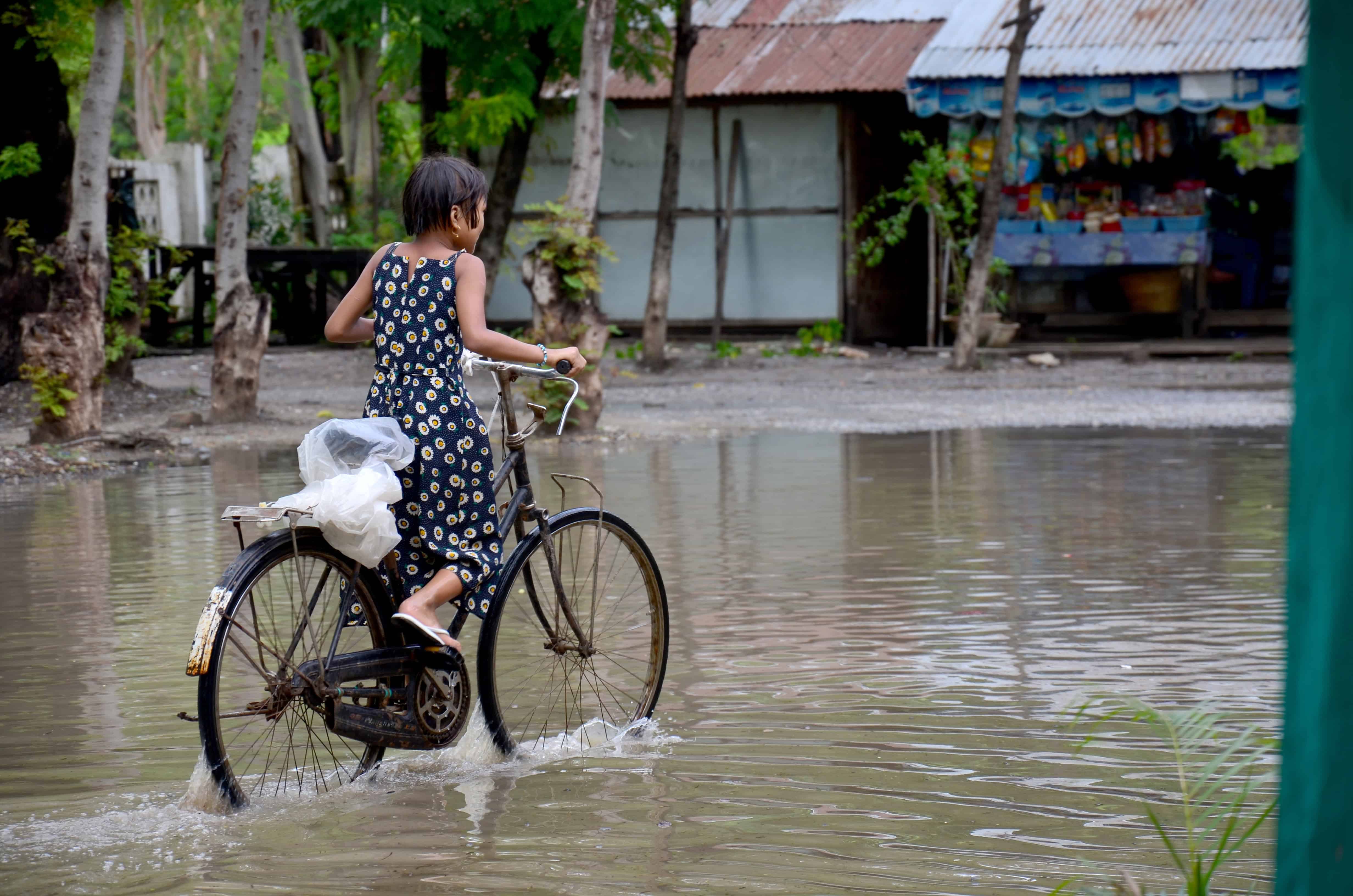A crime involving the exploitation of someone for the purpose of compelled labor or a commercial sex act through the use of force, fraud, or coercion. (DHS) Where a person younger than age 18 is induced to perform a commercial sex act, it is a crime regardless of whether there is any force, fraud, or coercion.
“The traffickers often use violence or fraudulent employment agencies and fake promises of education and job opportunities to trick and coerce their victims.” (United Nations)
Root Causes of Human Trafficking
When human traffickers commit their crimes, they typically target vulnerable individuals who are easier to take advantage of. According to the U.S. Department of Homeland Security, risk factors include:
- Psychological or emotional vulnerability
- Economic hardship
- Lack of a social safety net
- Natural disasters
- Political instability
With each of these vulnerabilities, it’s important to know there is often overlap, which further increases the risk of human trafficking.
Psychological or Emotional Vulnerability
Individuals with mental illnesses, substance misuse disorders, or unmet emotional needs (e.g., a desire to be loved) are some of the most vulnerable. When it comes to psychological and emotional vulnerability, traffickers use the power of manipulation to get what they want. Once traffickers get close enough to gain trust, they begin to exploit the people they pretended to care for.
Economic Hardship
Financial challenges create situations of great need. The loss of a job, unexpected bills, homelessness, and inability to provide basic needs are some of the desperate positions people find themselves in.
Traffickers target these individuals and promise them a way to make good money, typically with a job that may sound too good to be true. With such an offer comes hope for a better life, which is why it is so tempting. This is a common tactic used by predators to trap unsuspecting people in human trafficking situations.
Lack of a Social Safety Net
Everyone has a desire to belong, so when someone lacks a close connection with those around them – family, friends, or their community – it leads to emotional vulnerability and isolation. Without sources of support to lean on or turn to in times of need, vulnerability increases. This draws the attention of predators who want the easiest route possible to exploit another person and make money from it.
Natural Disasters
When a natural disaster strikes, it can leave people without basic needs like food, water, and shelter. Similar to well-paying jobs, traffickers offer to fulfill these needs. Sometimes, this is in exchange for forced labor or sexual services right away.
Other times, it starts with traffickers pretending to be a nice person who is looking out for someone in need. Eventually, the situation takes a dark turn, and traffickers threaten to take away basic needs unless the person gives in to some type of exploitation.
Political Instability
When wars break out, there is severe political or social unrest, or citizens are subjected to religious or political persecution, many flee in hopes of finding a safer place to live. Without a place to call home, a job to make money, basic resources, and the ability to speak a local language, individuals become targets for human traffickers. Desperate for safety and survival, displaced populations can end up being exploited through force, fraud, or coercion.
Additional Factors
Gender Inequality and Discrimination
It is known that women and girls are disproportionately affected by human trafficking crimes. They are targeted at much higher rates than their male counterparts. For every 10 human trafficking victims identified globally, seven are women and girls, according to the United Nations Office on Drug and Crime. This is for myriad reasons, including gender-based violence, lack of gender equality, and societal views on sex.
Gender inequality and discrimination also apply to the LGBTQ+ community. Despite being limited, data shows that the LGBTQ+ community faces unique challenges that put them at higher risk for human trafficking.
- 36% of LGBTQ youth reported that they have been physically threatened or harmed due to either their sexual orientation or gender identity. (The Trevor Project, 2022)
- LGBTQ youth are 2x more likely to be sex trafficked than non-LGBTQ youth. (National Center for Youth Law, 2022)
- Up to 40% of homeless youth identify as LGBTQ, while the general youth population is only 10% LGBTQ. (National Coalition for the Homeless)
- Fewer than 1 in 3 transgender and nonbinary youth found their home to be gender-affirming. (The Trevor Project, 2022)
Demand for Cheap Labor and Commercial Sex
The truth is predators know there is a lot of money to be made by committing human trafficking crimes because of the extremely high demand worldwide. How much exactly? Human trafficking is a $150 billion illegal industry. (UNICEF)
Main Causes of Human Trafficking FAQs
What are the main factors contributing to human trafficking?
According to the U.S. Department of Homeland Security, many victims are vulnerable due to:
- Psychological or emotional vulnerability
- Economic hardship
- Lack of a social safety net
- Natural disasters
- Political instability
How does poverty contribute to human trafficking?
Financial challenges create situations of great need. Desperate individuals are more likely to fall prey to promises of a better future, making them easy targets for exploitation.
Why are women and girls disproportionately affected by human trafficking?
This is for myriad reasons, including gender-based violence, lack of gender equality, and societal views on sex.
How does conflict and instability contribute to human trafficking?
Desperate for safety and survival, displaced populations can end up being exploited through force, fraud, or coercion.
